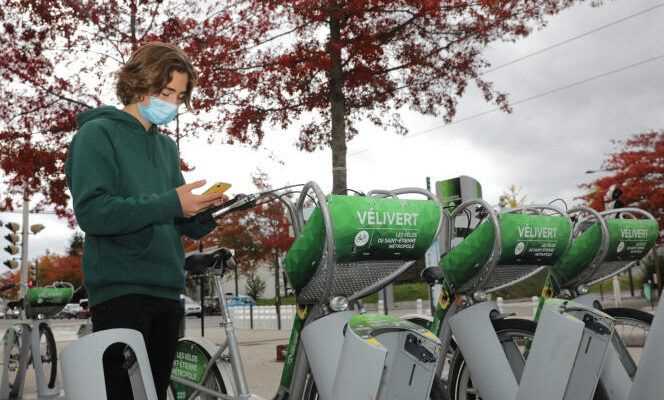Traffic will quickly regain its rights. As soon as the health restrictions were lightened, the entrances to the metropolises were again saturated from early morning. In Bordeaux, Paris, Marseille, Lyon as well as in Grenoble, Montpellier or Nantes, local authorities once again find themselves confronted with the headache of traffic jams. However, the space open to the automobile during the glorious thirties is gradually closing. Anxious to reduce the progression of congestion but also of pollution, cities are trying to moderate car traffic. Development of public transport, limitation of authorized speed, reduction of traffic lanes in favor of more ecological modes of travel are all solutions put in place.
These measures can lead to a reduction in traffic, but not necessarily – far from it – traffic jams, as there are always so many cars on the lanes allocated to them. “There are always calls for air, some saying to themselves: I’m going to take my car back”, notes Laurent Chevereau from the Center for Studies and Expertise on Risks, the Environment, Mobility and Planning (Cerema).
What if the solution came from a MaaS application? This new acronym (for Mobility as a Service) is on everyone’s lips in the world of transport. Objective: to aggregate all the mobility offers existing in a territory, public and private, and make them available to residents, in order to facilitate their travel and encourage them to use other modes than the private car.
A robust, quality and diversified offer
“MaaS is clearly a way to make the offer of alternatives clear, which is today split between different operators and is a labyrinth for the user, emphasizes Laura Papet, associate director of PMP Conseil, which supports communities in the development of MaaS. As soon as it offers reliable information in real time and guarantees a long journey time, a MaaS application can remove some of the brakes on the modal shift towards public transport and shared mobility solutions. ” It is also necessary, she specifies, that there is a robust offer on the territory.
“A good MaaS will never replace a bad transport system”, explains Yannick Tondut
At the end of 2018, the Aix-Marseille-Provence metropolis, which is now finalizing its MaaS project, reinforced the shuttle service between the two cities. Partly running on a clean lane, it offers wi-fi and a frequency of five minutes at peak times and ten minutes at off-peak hours. “A good MaaS will never replace a bad transport system. First of all, there must be a quality and diversified offer ”, abounds Yannick Tondut, who worked at length on the upcoming Aix-Marseille-Provence MaaS project, before joining the city of Marseille in April.
You have 62.08% of this article left to read. The rest is for subscribers only.
